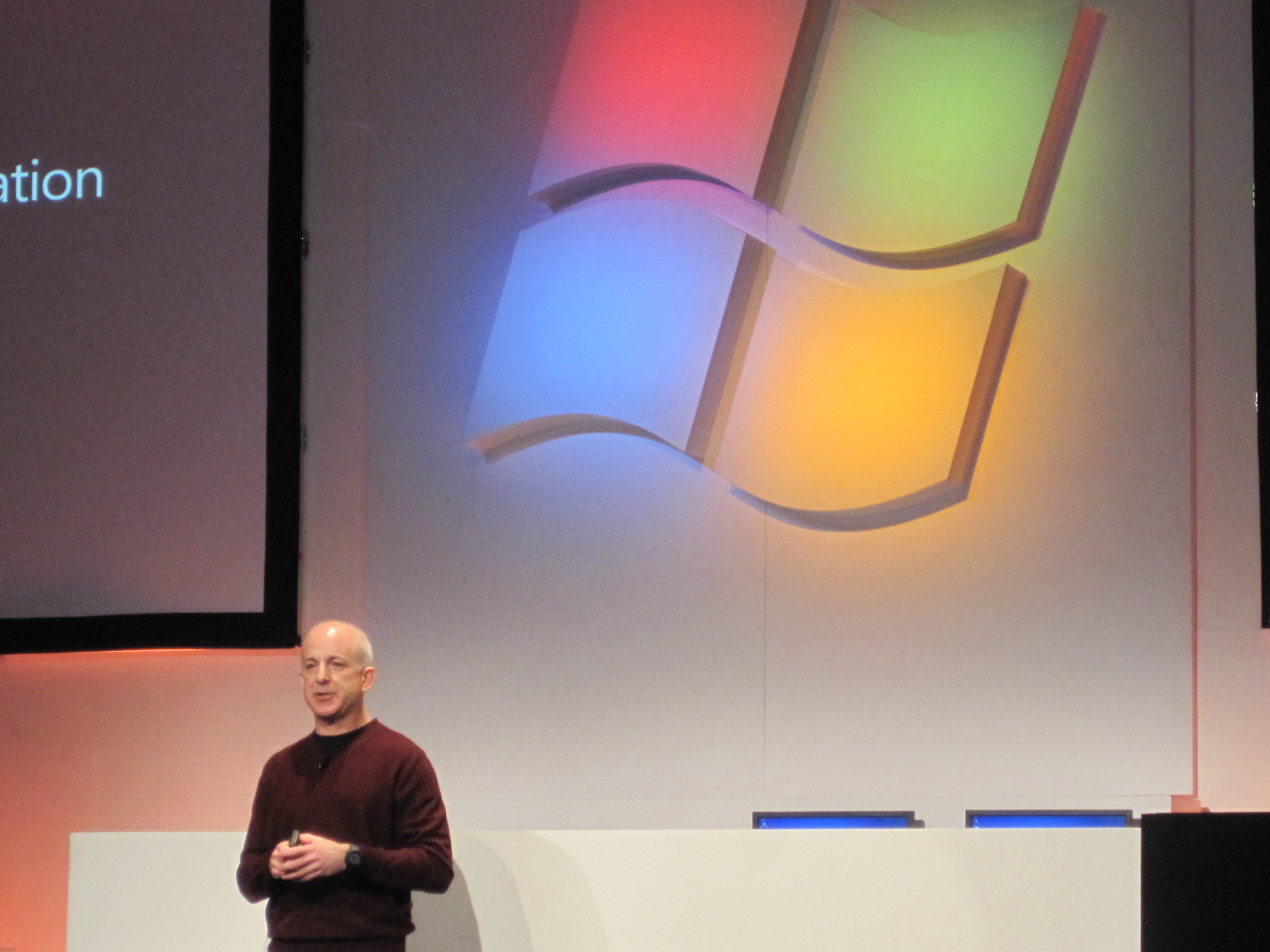
This week we've been thinking about Windows.
Windows 8 Milestone 3 is in the hands of manufacturers for testing, and while it's not the finished version of Windows 8 - that's some way off still - it's mature enough to give some really big hints about what Microsoft's up to.
Arguably the most important thing about Windows 8 is that it'll run on ARM processors, which means tablets - not Tablet PCs, which Microsoft has been flogging for a decade, but tablets in the iPad-y, Xoom-y, Galaxy Tab-y sense of the word.
Working with tablets isn't just about supporting the right processors, though. It's about supporting pointy fingers too. If you've used a touch screen with Windows 7 you'll know what we mean: it's okay, but it's not the same experience you get with a finger-focused OS such as Android or iOS. Windows 8 will address that.
Redesigning the interface
There's a stripped-down interface that borrows heavily from the much-liked Windows Phone 7, and the Ribbon UI from Office looks like it'll put in an appearance too. We hope so: the Ribbon is a much more finger-friendly way of navigating program features than the traditional menu bar.
Windows 8 will also feature some things you've seen in other operating systems.
Are you a pro? Subscribe to our newsletter
Sign up to the TechRadar Pro newsletter to get all the top news, opinion, features and guidance your business needs to succeed!
Instant On is one of the "big three" fundamentals Windows 8 is designed to deliver (the other two are fast shutdown and good battery life), which brings Windows up to speed with upstarts such as tablets and Google's forthcoming Chrome OS, while History Vault, a kind of supercharged System Restore, looks awfully similar to OS X's Time Machine.
The new "remote display" option, which sends your laptop's screen to a large monitor, sounds rather like Apple's AirPlay, and the new App Store sounds like, well, another well known App Store.
It looks like Windows will also get OS X-style integrated PDF support courtesy of Microsoft's Modern Reader. Anything that banishes the ridiculously needy Adobe Reader is fine by us. Modern Reader is significant for another reason: it uses AppX, a new kind of application package that's very similar to the packages used by Windows Phone 7.
Going for gamers
Windows 8 also targets another sector: gamers. Over the last few years it's been clear that when it comes to games, Microsoft's real love is the Xbox 360; people in the know tell us that that with Windows 8, Microsoft is going to throw its weight behind the PC as a gaming platform once more.
That might even include support for Kinect, because there's nothing PC users like better than sitting six feet from their monitor. We jest.
Kinect-style sensors may be used to recognise you, spotting you in a crowd, waking your PC up as you approach it and letting you login with your face. With your face!
There's a picture emerging here: after a period where rivals have made significant gains at Microsoft's expense - Apple in tablets, smartphones and PCs, Android in mobile devices, Valve in gaming - Microsoft is fighting back. Imagine Rocky with Steve Ballmer in the title role, running up and down steps, punching cows in a freezer and bellowing at every opportunity.
So is Windows 8 fighting fit? It certainly looks that way, but we won't know for sure until later this year: we'd expect the Windows 8 beta release date to be late summer. For now, we have everything you could possibly want to know about Windows 8 right here.
The TechRadar hive mind. The Megazord. The Voltron. When our powers combine, we become 'TECHRADAR STAFF'. You'll usually see this author name when the entire team has collaborated on a project or an article, whether that's a run-down ranking of our favorite Marvel films, or a round-up of all the coolest things we've collectively seen at annual tech shows like CES and MWC. We are one.